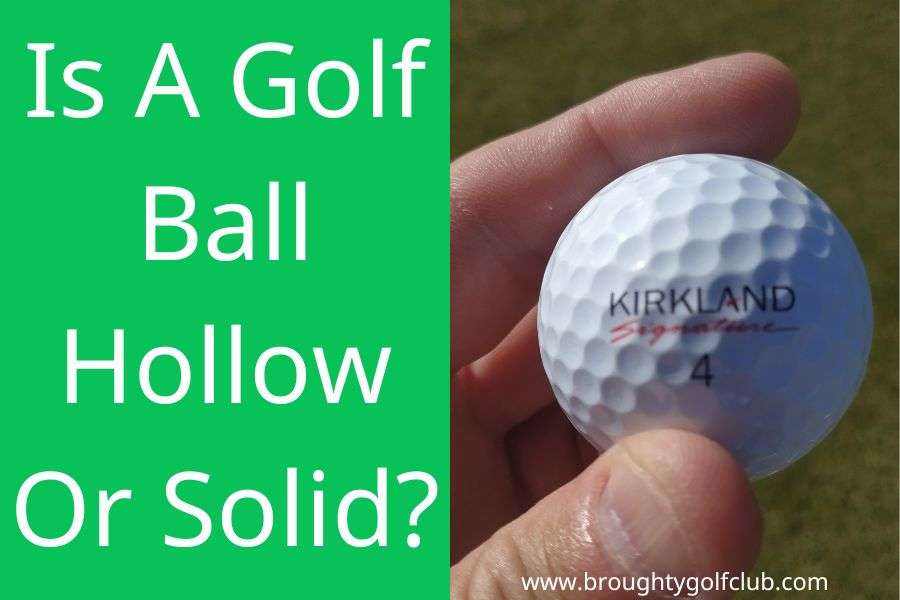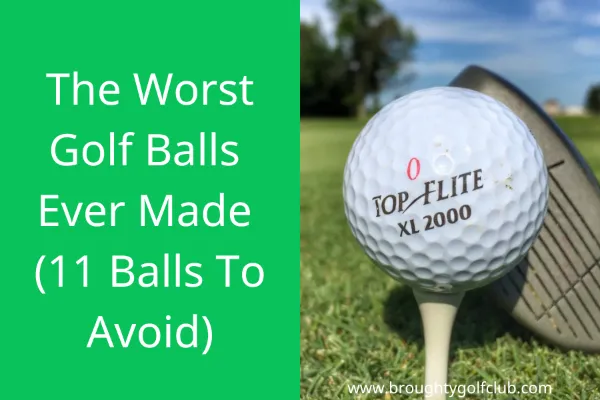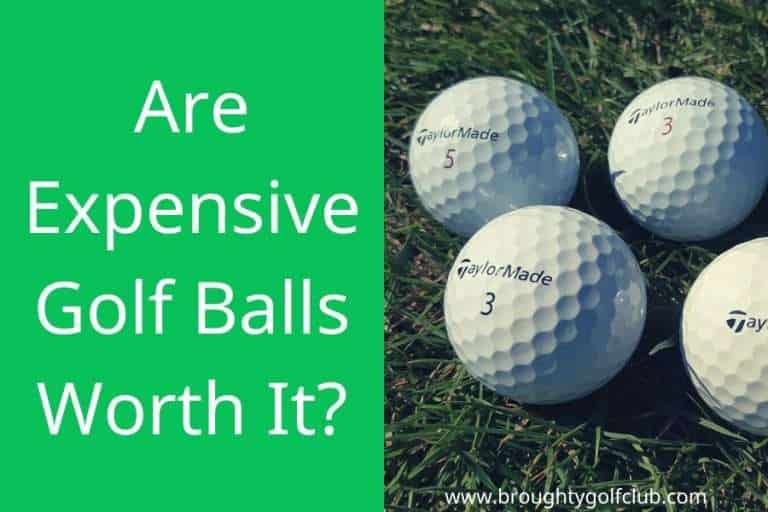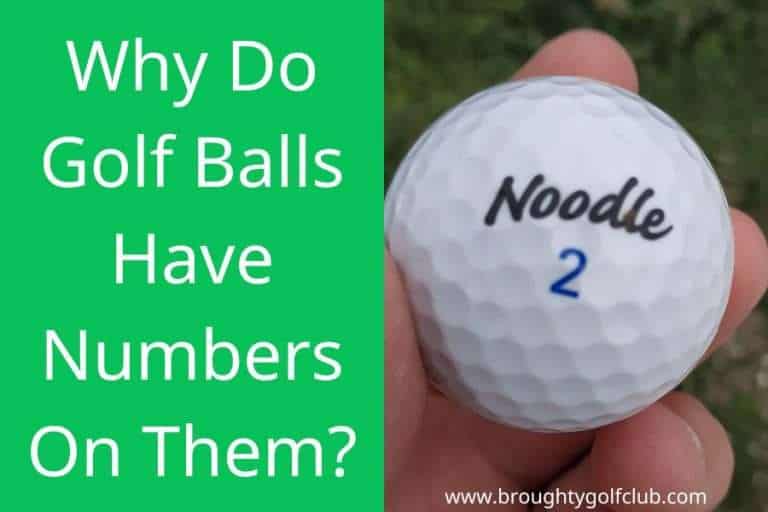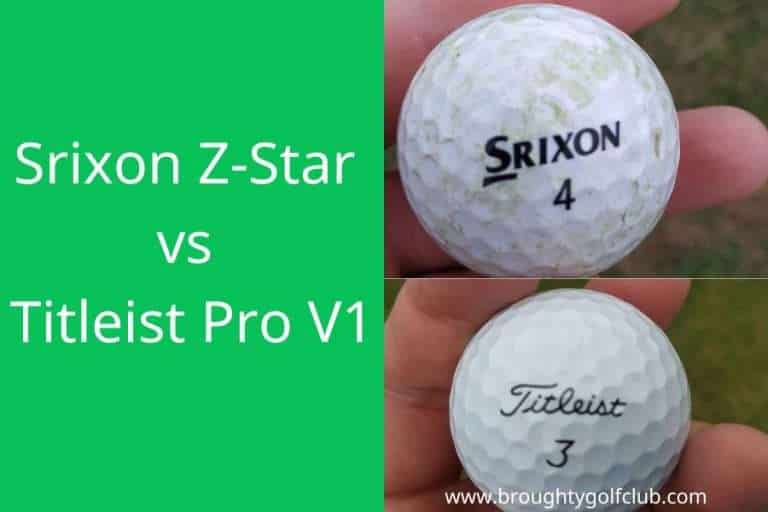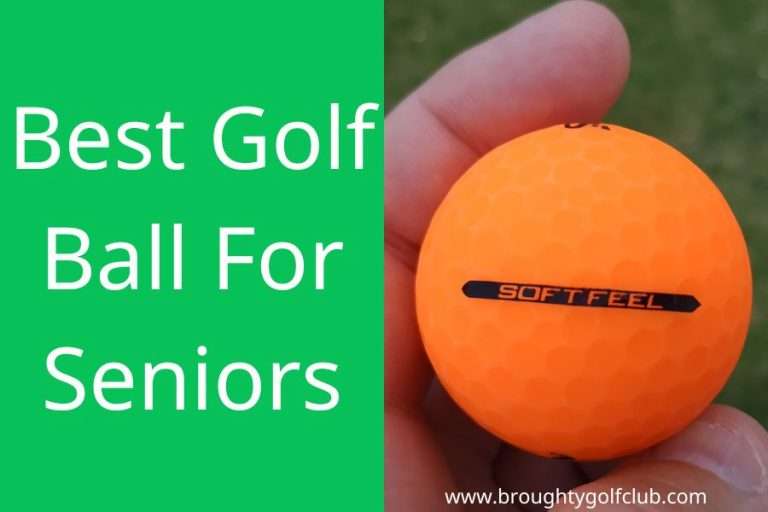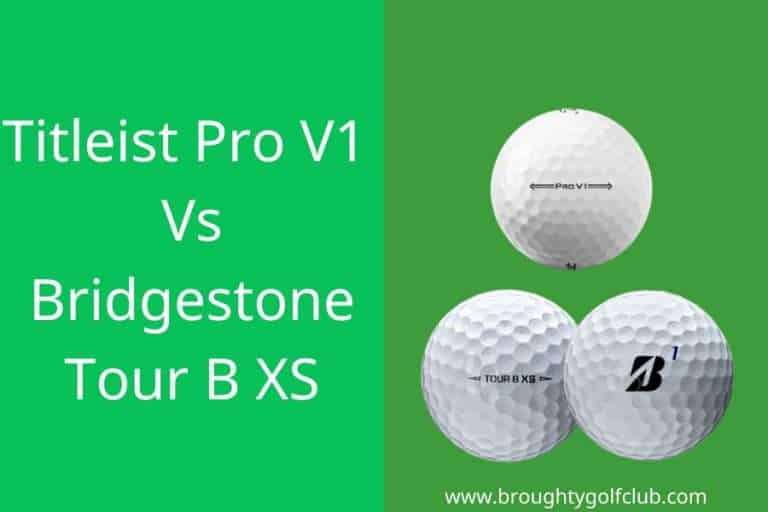Is A Golf Ball Hollow Or Solid?
If you are new to golf then you may have wondered ”is a golf ball hollow or solid?”
The short answer is that modern golf balls are in fact solid. They are usually made of multiple layers of synthetic rubbers like polybutadiene. Different manufacturers use slightly different recipes of materials to produce the playing characteristics they desire whilst staying within the guidelines laid down by the governing bodies of the game (R&A and USGA).
Lets take a look inside a golf ball.
The History Of Golf Balls
The Scots have been playing golf since the middle of the 15th Century. It was actually banned for a time as the game was thought to be interfering with the training of fighting men! During almost 600 years of history, several different types of balls have been tried.
Wooden Golf Balls
Games similar to golf in the 15th and 16th centuries often used wooden balls although there is little evidence that the golfers in Scotland were using this type of ball.
Feathery Golf Balls
Made by stitching together a leather cover which was then filled with a “top-hat full of goose feathers”. This was a time-consuming manual process that made the balls pretty expensive.
Hairy Golf Balls
The same sort of construction as a feathery. A stitched leather cover stuffed full of hair rather than goose feathers.
The hairy and feathery balls were the most popular during the 18th century.
Gutta-Percha Golf Balls
Also known as gutties, These are the first ball that could be mass produced. They are made using gutta-percha gum.
These balls could be made using moulds. This meant they were far quicker and cheaper to produce so brought the game into the reach of more people not just the very wealthy.
Haskell Golf Balls
The first wound ball was invented by Coburn Haskell towards the end of the 19th century. A solid rubber core was wrapped in a tightly wound rubber thread but still had a gutta-percha cover.
Wound Golf Balls
This is the same fundamental design as the Haskell ball. The gutta cover is replaced with balata or Surlyn. This was how the best balls were made until the dawn of the Titleist Pro V1 era. The core would be solid rubber or occasionally a liquid core with a rubber thread wound around.
Solid Golf Balls
Solid construction golf balls had been around for some time but the technique was mainly used to create cheaper balls. Better quality balls like those used by Tour Professionals would generally be wound.
Modern golf balls are all solid construction. Different manufacturers will use slightly different materials in order to create balls that perform in different ways.
Modern golf ball designs will use between one and five layers. One-piece balls are usually restricted to really cheap balls that you might find at a driving range or loaned out at a mini-golf course.
Two-piece balls and three-piece balls would be the most common types of ball used during a round of golf.
Two-piece golf balls have traditionally been at the cheaper end of the market and have been targeted at players looking for distance and durability. They would typically have a large core and a cover of surlyn or ionomer.
The type of construction and materials mean this ball will tend not to spin too much so won’t suit players looking for short game control.
Three-piece golf balls run the full range of possibilities with some models using premium materials to suit professionals and top amateurs while other models use cheaper ionomer or surlyn covers and are better suited to higher handicappers. Premium golf balls will use urethane as their cover material since this enables the golfer to generate the most spin.
The inner core and outer core or mantle layer would be adjusted for size and different materials to produce different types of characteristics and to adjust the compression of the ball.
There are also a small number of four-piece and five-piece balls in production. These are aimed at tour pros and low handicap amateurs although most manufacturers would like to see more players use them as they are their most expensive models. These balls tend to work best with faster golf swings.
Relatively early on players found that balls with scuff marks tended to fly further than brand new balls. Over time manufacturers learned to add a dimple pattern to the golf ball cover. The dimples allow the ball to fly roughly twice as far as a smooth ball. Most companies use circular dimples although Callalway use hexagonal ones to improve their coverage of the surface area.
Is A Golf Ball Hollow Or Solid: Conclusion
These days golf balls are constructed of multiple layers of different rubber, synthetic rubber or polymers. Even older types of golf ball were never hollow like a football (soccer ball). Very old types of ball like the feathery were hollow although they were stuffed full of feathers or hair.
Take a look at how Callaway manufacture their golf balls.

